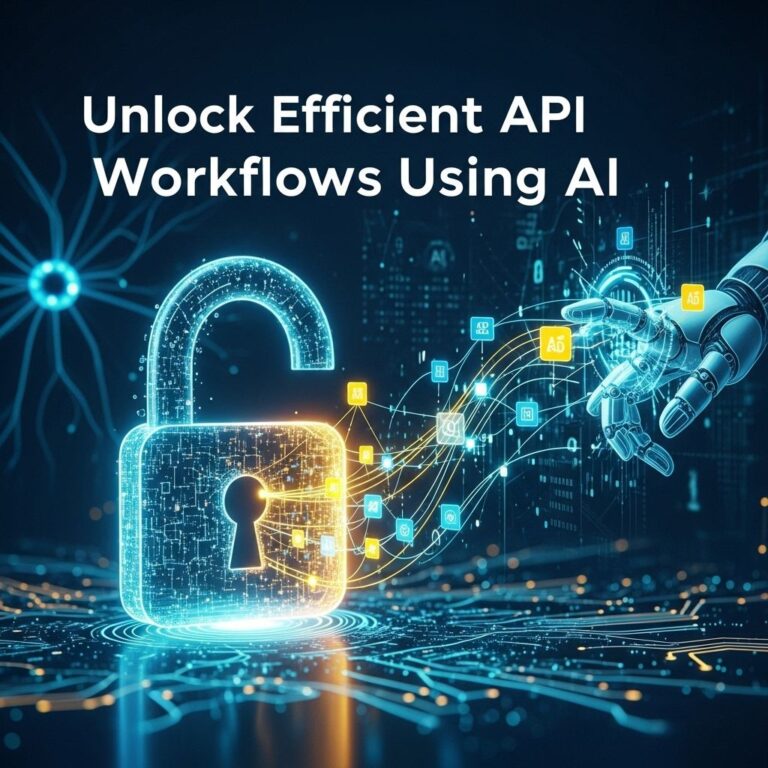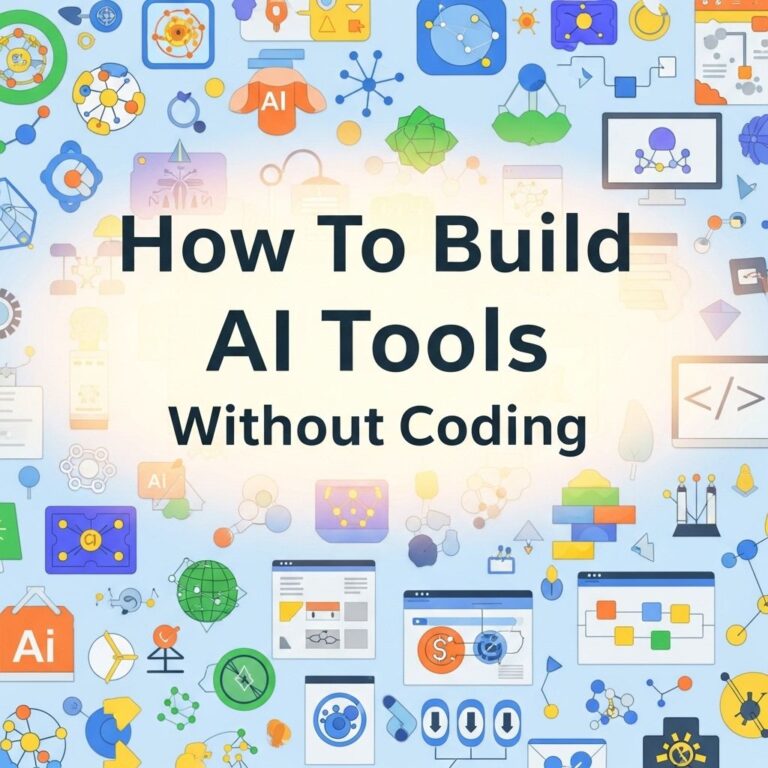In today’s digital landscape, the ability to integrate with various APIs (Application Programming Interfaces) has become a foundational skill for developers and tech enthusiasts alike. As businesses increasingly rely on cloud services and interconnected platforms, mastering API integration is vital for streamlining processes and enhancing functionality. This article delves into effective strategies and AI prompts that can aid in the seamless integration of APIs, ensuring you can harness their full potential.
Table of Contents
Understanding API Integration
API integration is the process of connecting different software applications via their APIs to share data and functionality. In simpler terms, APIs act as bridges that allow different applications to communicate with one another. Understanding the core principles of API integration is essential:
- REST vs. SOAP: Most APIs use REST (Representational State Transfer) or SOAP (Simple Object Access Protocol). REST is more flexible and widely used today.
- Authentication Methods: Familiarize yourself with various authentication methods such as API keys, OAuth, and JWT (JSON Web Tokens).
- Data Formats: Know the common data formats used in API responses, including JSON (JavaScript Object Notation) and XML (eXtensible Markup Language).
The Importance of API Documentation
One of the most critical aspects of successful API integration is understanding the API documentation. Documentation provides detailed information on how to use the API effectively. Key components to look for include:
Key Sections of API Documentation
- Endpoint Descriptions: Clear explanations of available endpoints and their respective functionalities.
- Request and Response Formats: Detailed examples of request bodies and expected responses.
- Error Codes: A list of possible error codes and their meanings to help troubleshoot issues.
- Rate Limits: Information on the number of requests allowed in a specific time frame to avoid being throttled.
Using AI to Enhance API Integration
Artificial Intelligence can significantly boost your API integration capabilities. Here are several ways AI can assist you:
1. Code Generation
AI-driven code generation tools can help you write code snippets to interact with APIs quickly. For instance, you can use prompts like:
"Generate a Python function to fetch data from [API Endpoint] and return it in JSON format."2. Error Handling
With AI, you can create sophisticated error-handling mechanisms. An AI prompt might look like:
"What are the best practices for handling API errors gracefully in a Node.js application?"3. Data Transformation
APIs often require data in specific formats. AI can help in transforming data. For example:
"Convert this JSON response into a CSV format suitable for [specific application]."Practical Steps for API Integration
When you’re ready to dive into API integration, following a systematic approach can save you time and avoid common pitfalls. Here’s a simple, effective workflow:
Step 1: Define Requirements
- Identify the data and functionalities you need from the API.
- List the API endpoints relevant to your use case.
Step 2: Set Up Authentication
Implement the required authentication method as per the API documentation. This often involves:
- Generating an API key
- Setting up OAuth 2.0 if required
Step 3: Make Initial API Calls
Start with simple GET requests to verify connectivity. Use tools like Postman to test requests before coding.
Step 4: Handle Responses
Process the API responses, ensuring to check for errors and handle them appropriately. A simple example in Python might look like:
import requests
response = requests.get("https://api.example.com/data")
if response.status_code == 200:
data = response.json()
else:
print(f'Error: {response.status_code}')
Step 5: Integrate Functionality
Integrate the API functionalities into your application, ensuring that all use cases are covered.
Step 6: Monitor and Optimize
Once integrated, monitor the performance and usage of the API. Look for opportunities to optimize requests to reduce latency and improve user experience.
Common Challenges in API Integration
While integrating APIs can be straightforward, various challenges may arise. Being aware of these can help in troubleshooting:
1. Versioning Issues
APIs may go through multiple versions, and changes can cause existing integrations to break. Always use stable versions when available.
2. Rate Limiting
APIs often impose limits on how many requests can be made in a given time frame. Exceeding these can lead to temporary bans.
3. Security Concerns
Ensure that sensitive information is handled securely, especially when dealing with user data and authentication tokens.
Tools and Resources for API Integration
Several tools and resources can help streamline the API integration process:
| Tool/Resource | Description |
|---|---|
| Postman | A popular tool for testing APIs with a user-friendly interface. |
| Swagger | An API documentation tool that helps design and visualize APIs. |
| RapidAPI | A marketplace for discovering and connecting to thousands of APIs. |
| Insomnia | A powerful HTTP and GraphQL client for testing APIs. |
Conclusion
API integration is a critical skill in today’s tech-driven world. By understanding the fundamentals and utilizing AI prompts for assistance, you can enhance your integration processes. With practice and the right approach, you’ll be able to build robust applications that leverage the power of APIs, unlocking endless possibilities for innovation and efficiency.
FAQ
What is API integration?
API integration is the process of connecting different software applications or systems using Application Programming Interfaces (APIs) to allow them to communicate and share data with each other.
How can AI prompts help in API integration?
AI prompts can assist in API integration by generating code snippets, automating repetitive tasks, and providing guidance on best practices for using APIs effectively.
What are some common use cases for API integration?
Common use cases for API integration include connecting CRM systems with marketing platforms, integrating payment gateways with e-commerce websites, and linking data from various sources for analytics and reporting.
What skills are needed for successful API integration?
Successful API integration requires knowledge of programming languages, understanding of API documentation, data formats like JSON and XML, and familiarity with web protocols such as HTTP.
Can AI tools automate the API integration process?
Yes, AI tools can automate parts of the API integration process by generating code, managing authentication, and monitoring API performance, which can save time and reduce errors.
What are the challenges in API integration?
Challenges in API integration can include dealing with different data formats, managing versioning issues, ensuring security, and maintaining compatibility between various systems.









